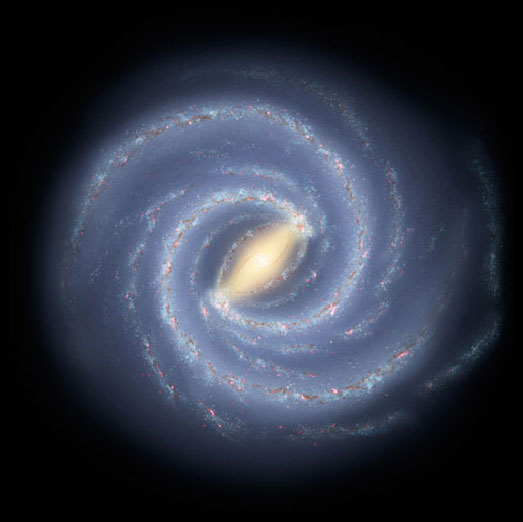
Alpha Centauri, the closest star system to our solar system has caught the attention of NASA in a very big way, due to the possibility of life forms there. Now, the Jet Propulsion Laboratory of the world's leading space agency wants to send a probe to explore the system. But do they have those resources to take the probe to an external star system which is located 4.37 light years away from Earth?
NASA sets realistic expectations
NASA has a very realistic expectation regarding this mission, and they aim to send the probe after 52 years, in 2069. The new exploration mission will be carried out as a part of Apollo II mission's 100th anniversary. As of now, the project does not have any name, and it is in its pre-birth status. 'New Scientist', the International Science Magazine reports that there is a literal lifetime of work ahead for the researchers, as we do not have any technology to reach such a long distance.
Earlier this month, the details of the project were detailed by Anthony Freeman, a scientist in the Jet Propulsion Laboratory during the 2017 American Geophysical Union conference. The probe will basically look into the possibility of finding signs of life around the potentially habitable exoplanet Proxima b.
44 years to reach the destination
According to experts, even we or our upcoming generation will not be able to see the results of the new Alpha Centauri mission. If we begin the probe in 2069, the spacecraft will reach the outer space star system only in 2113. The probe will be able to reach the star system in 2113 only if we succeed in sending the ship at a speed, one-tenth that of the light.
Now, NASA is mainly concentrating on taking people to Mars by 2030. Space X led by Elon Musk has also joined hands with NASA to colonize Mars. So, let us wait for the success of the Mars mission, and then we can dream about reaching an outer star system.








